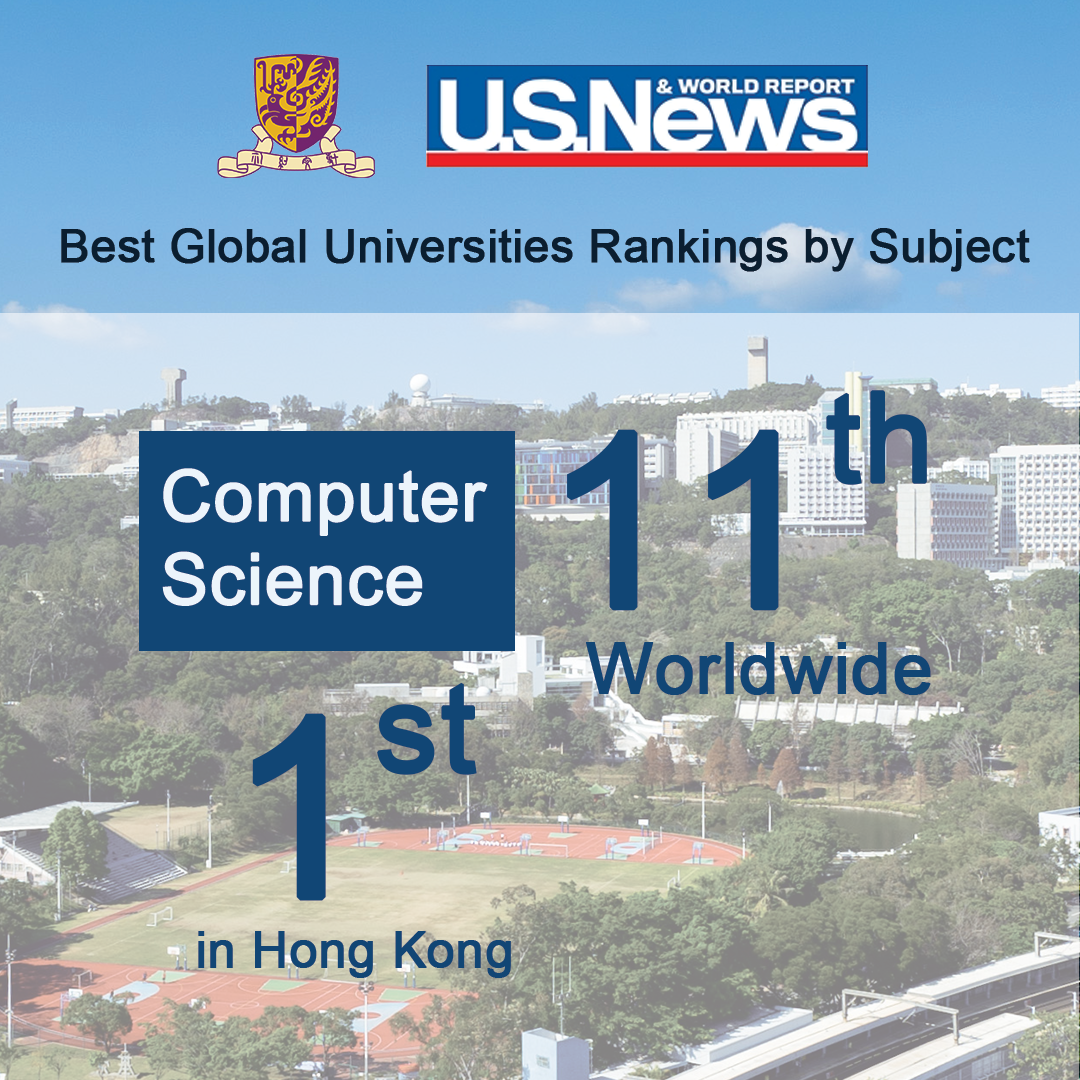A multi-disciplinary team of researchers from CUHK has been granted up to 5.6 million Hong Kong dollars to assist in developing machine learning technologies for advancing digital biomarkers for Alzheimer’s Disease. This will contribute to the efficiency and accuracy of early identification using the state-of-the-art sensing and artificial intelligent (AI) technologies. The project is funded by the Diagnostics Accelerator program of Alzheimer’s Drug Discovery Foundation (ADDF) and a matching fund from SenseTime Technologies (SenseTime). It is led by Professor Guoliang XING from the Department of Information Engineering, Faculty of Engineering at CUHK, joined by local engineering and medical experts. Alzheimer's Disease (AD) and related dementia is a growing health problem worldwide because of population aging. It affects 50 million people and there are more than 10 million new cases worldwide. It has been one of the most common chronic diseases for the aging population in Hong Kong, affecting one in every ten older adults. The number of confirmed cases is expected to rise from 115,000 in 2016 to around 240,000 cases in 2036. Early identification of people at risk of developing AD and timely intervention to slow the onset and progression of AD are crucial, because disease modifying treatment for AD is not available at present. An accurate, easy-to-do test may enhance the effectiveness of screening and identification of AD and address the problem of denial of the illness. Recent years have witnessed significant progress in the Internet of Things (IoT) and smart sensing technologies, with many advanced sophisticated sensors making their way into personal and mobile devices. Many families today own more than a dozen connected smart devices. These devices can capture, on an unprecedented scale, the physiological, behavioral, lifestyle, and cognitive indicators, referred to as “digital biomarkers”, in natural living environments in a non-invasive manner. Professor Bolei ZHOU from the Department of Information Engineering, CUHK, and a member of the research team, stated, “Machine learning technique allows us to conduct objective longitudinal monitoring and comparison of indicators, enabling the detection of minimal abnormalities in our nervous system, thus achieving early identification of and intervention in AD. However, the prevalence of sensors will lead to various issues such as privacy concerns and the “black box” nature of AI algorithms. These must be solved in order to interpret the digital markers and their links with disease pathophysiology.” Comprising experts in AI and various medical specialties, the multi-disciplinary team aims to develop cutting-edge sensing and AI technologies to discover new digital biomarkers for early diagnosis of Alzheimer’s Disease. The developed technologies will classify digital biomarkers for Activities of Daily Living (ADL), Behavioral and Psychological Symptoms of Dementia (BPSD), social interactions, motor function, and level of cognition. The team will also develop a real-time learning system which enables smart devices to collaboratively improve the accuracy of AI algorithms while keeping all the data on the device and hence preserving user privacy. In addition, the team will also propose interpretable machine learning algorithms to quantify the correlation of multi-modal digital biomarkers, and assist early detection, diagnosis and intervention. The new technologies from this project will lead to new approaches that can detect any immediate risks that require prompt attention or action. They will predict and identify individuals who have a higher chance of developing AD and dementia, introduce appropriate advice based on the specific needs of the individual, modify that according to the response of the prior suggestion or intervention, and provide feedback to the patients and caregivers so as to improve self-care management of the disease and stress adaptation. Professor Guoliang XING, the Principal Investigator (PI) of this project, stated, “This project will bring together top experts from engineering and medical fields to address one of the biggest challenges faced by our aging society. The sensing and AI technologies to be developed will empower doctors, caregivers and patients themselves to work together for early diagnosis of and intervention in AD. We believe this project will lead to important enabling technologies for the paradigm of “smart health”, the vision of which is to transform today’s reactive hospital centred healthcare practice to proactive, individualised care and wellbeing.” Background of the project and research team The project team includes Professor Guoliang XING as Principal Investigator (PI), and 5 Co-PIs: AI experts Professors Bolei ZHOU and Rosanna CHAN from the Department of Information Engineering, Professor Timothy KWOK from the Department of Medicine and Therapeutics, Dr. Allen LEE from the Department of Psychiatry, Faculty of Medicine at CUHK, and Professor Doris YU from the School of Nursing at the University of Hong Kong. The major funding comes from the ADDF’s Diagnostics Accelerator, an initiative dedicated to developing reliable and affordable biomarker test for early diagnosis of Alzheimer’s disease. The ADDF was founded in 1998 and has awarded more than $150 million to fund over 626 programs for Alzheimer’s and related dementias in academic centers and biotechnology companies in 19 countries. To learn more, visit: www.alzdiscovery.org/ . |
|








